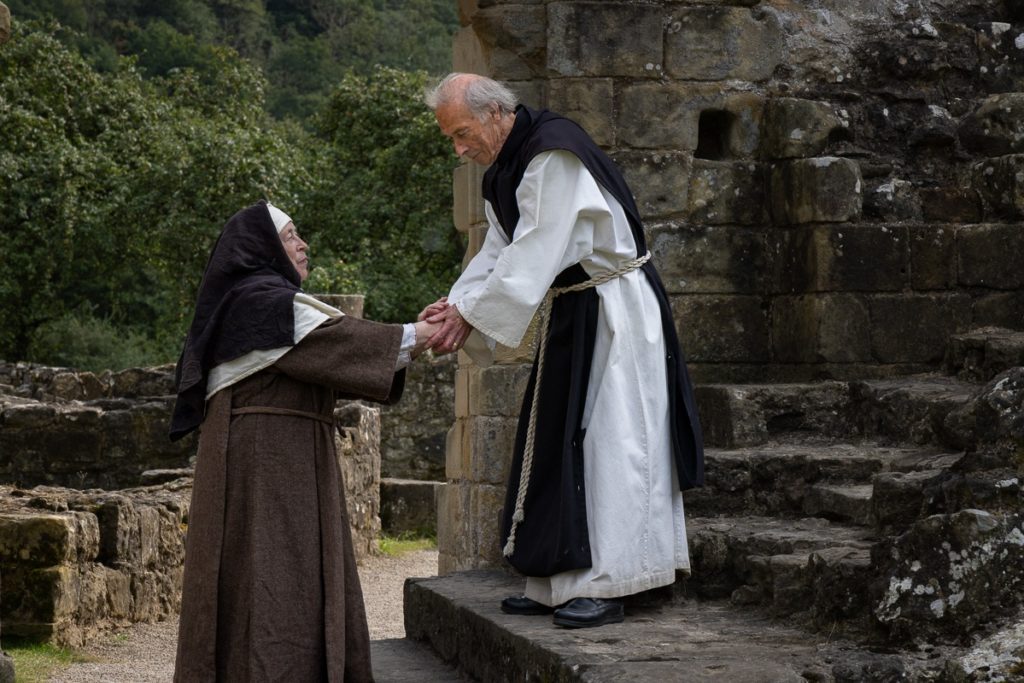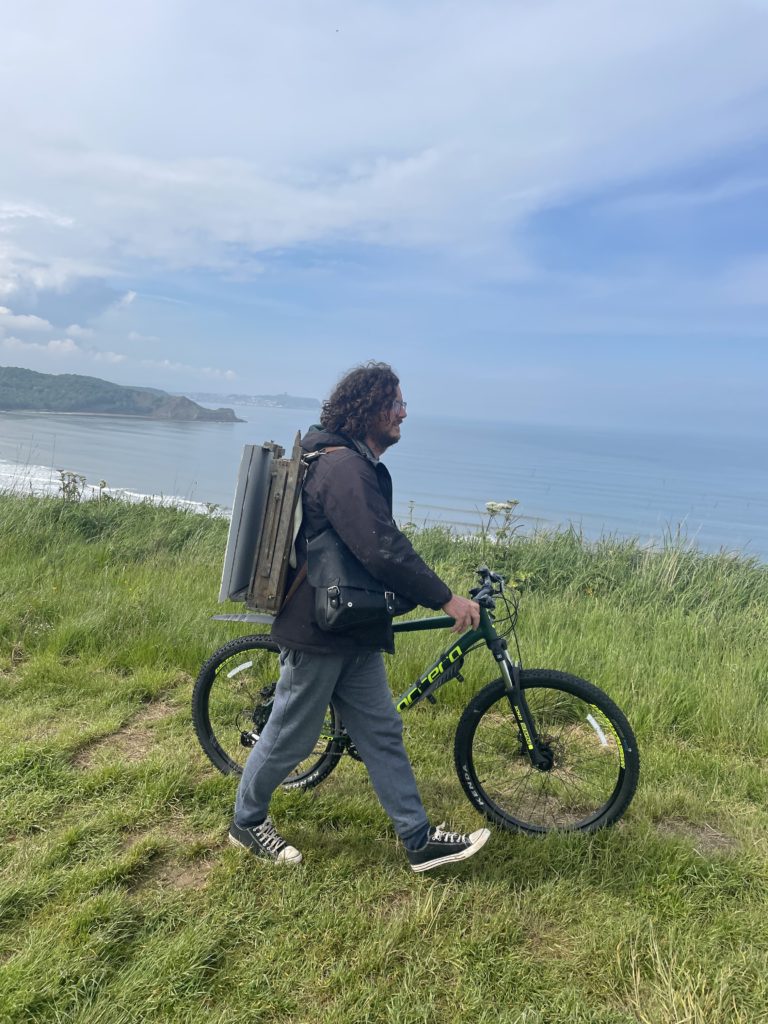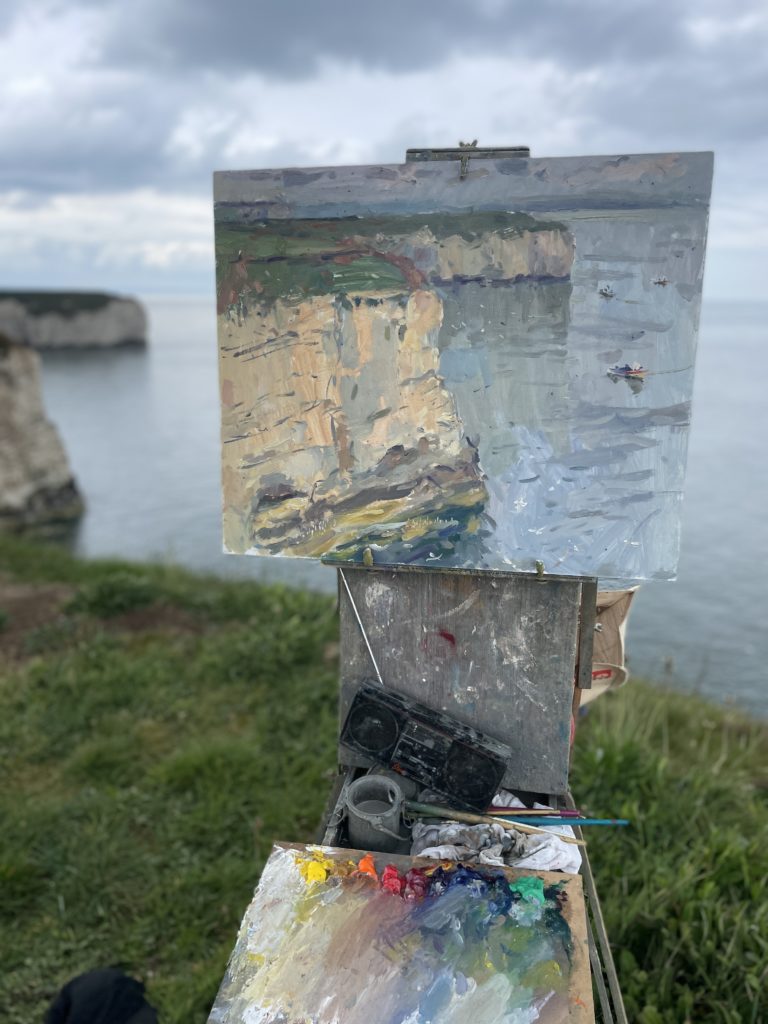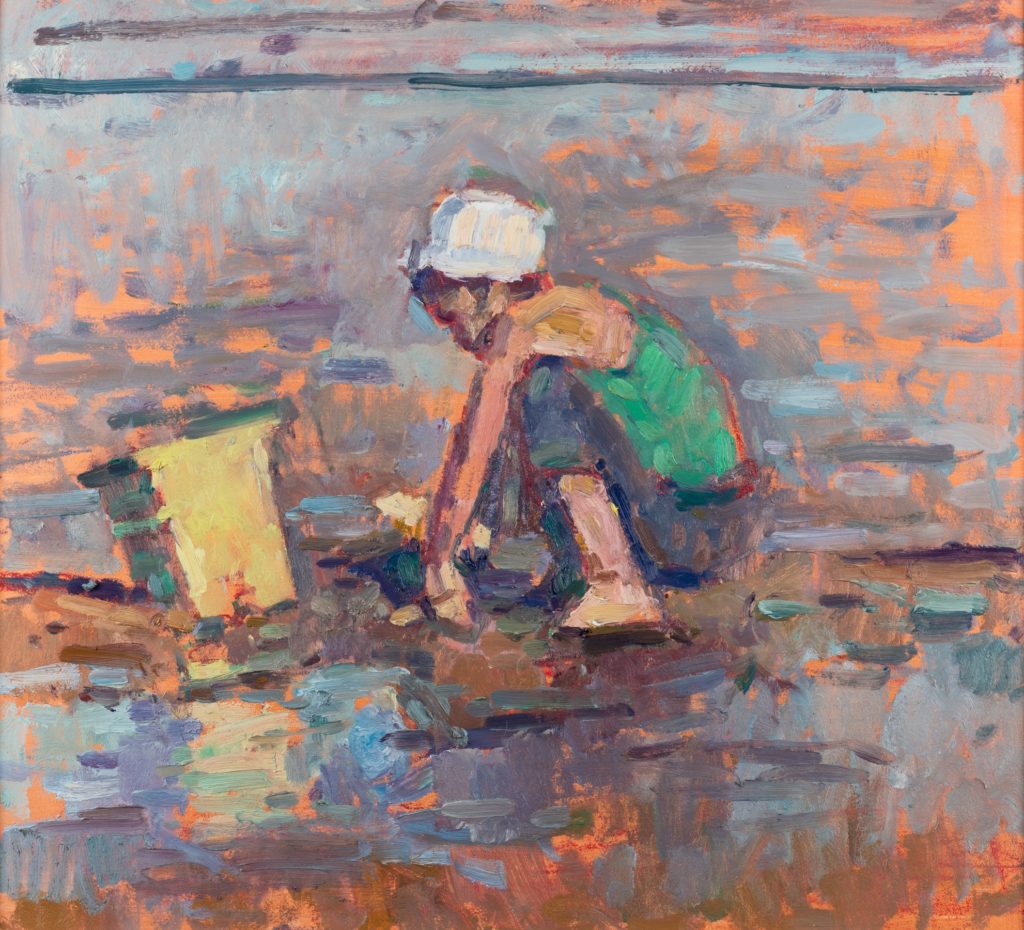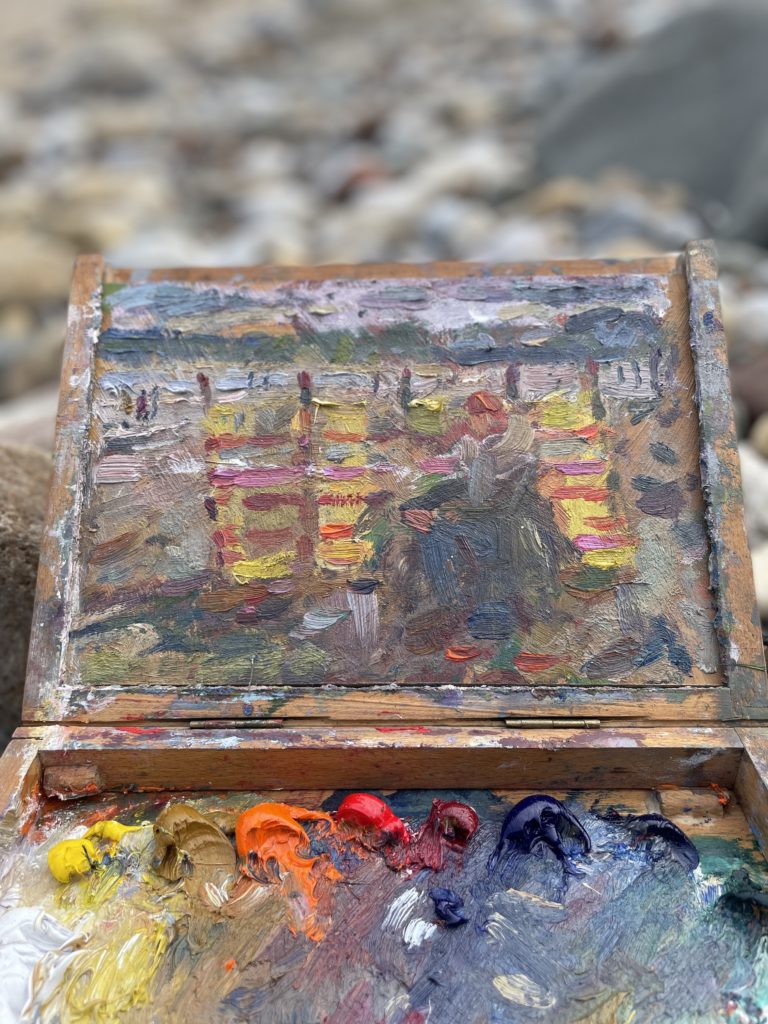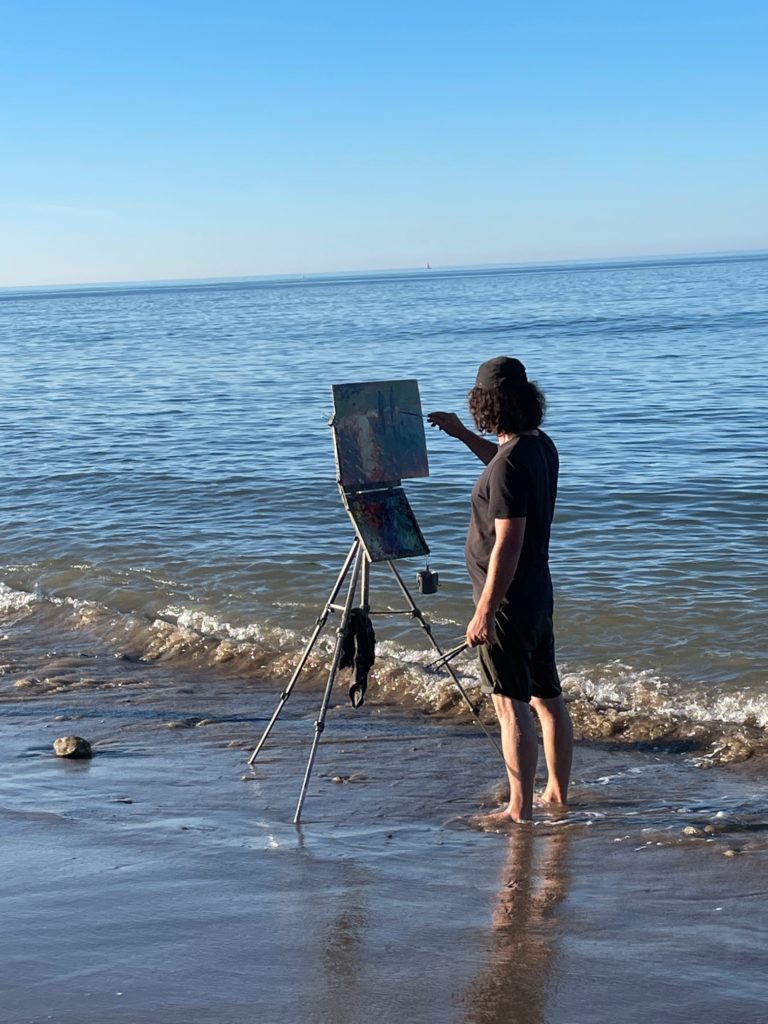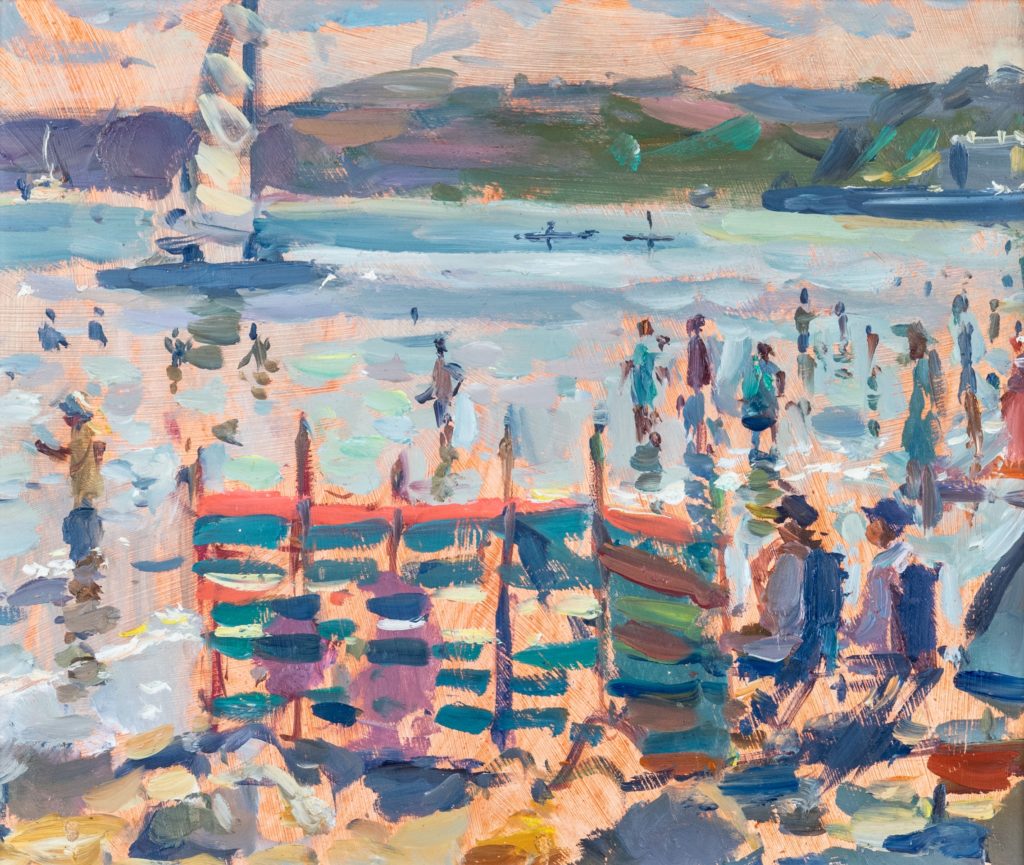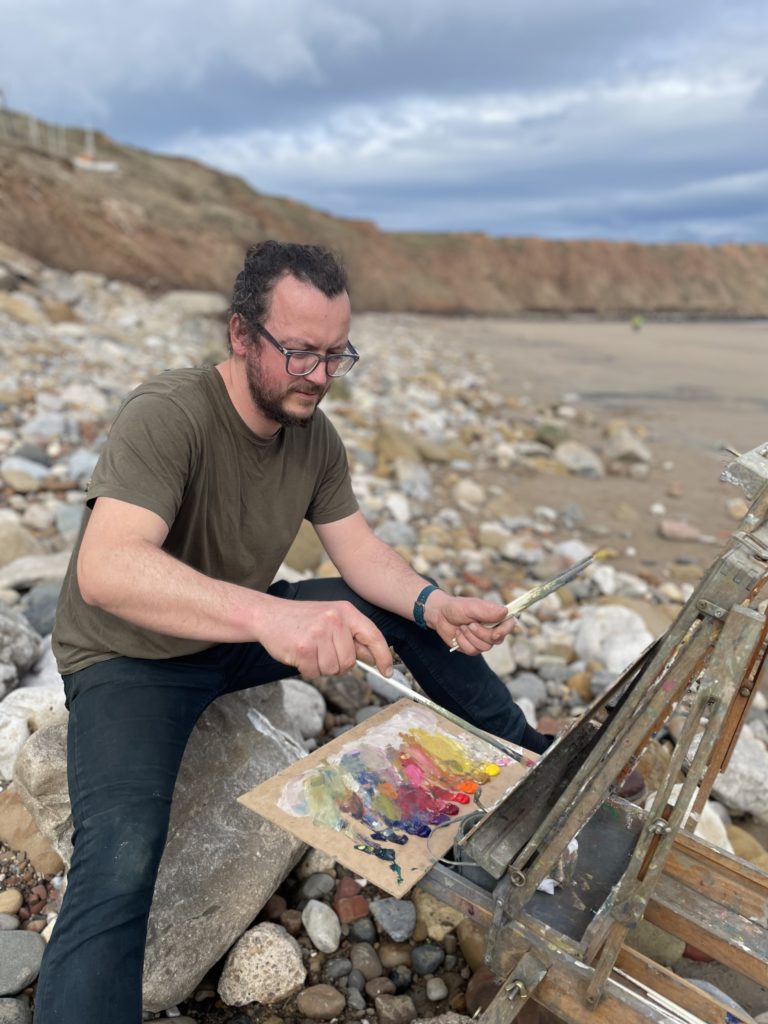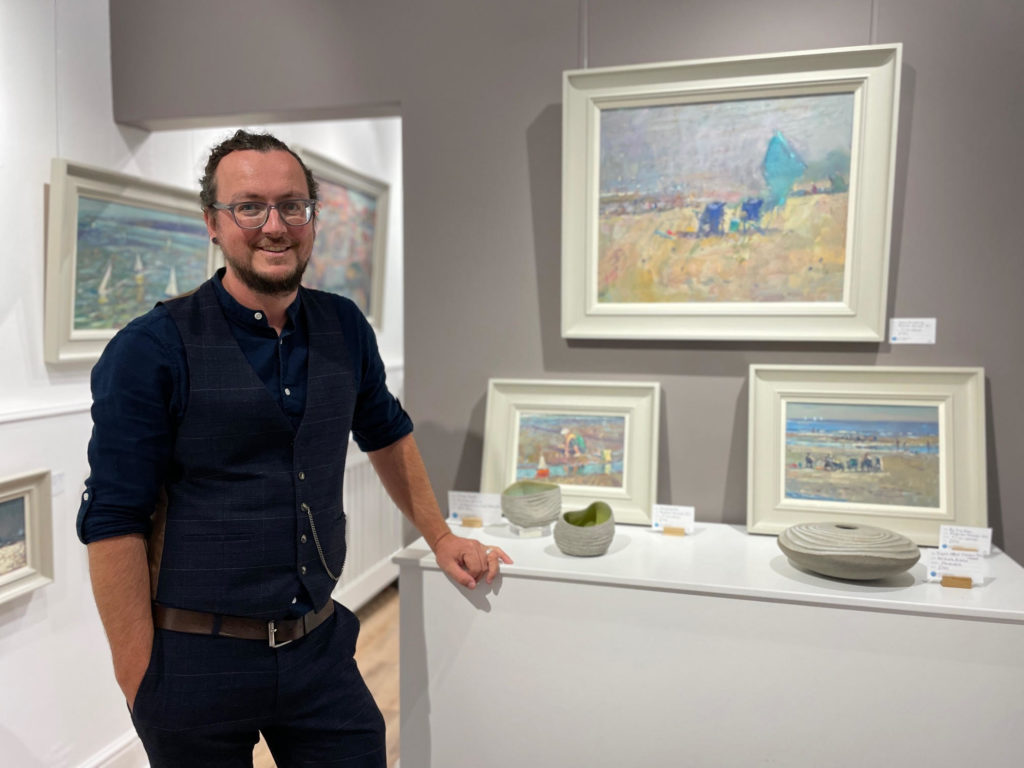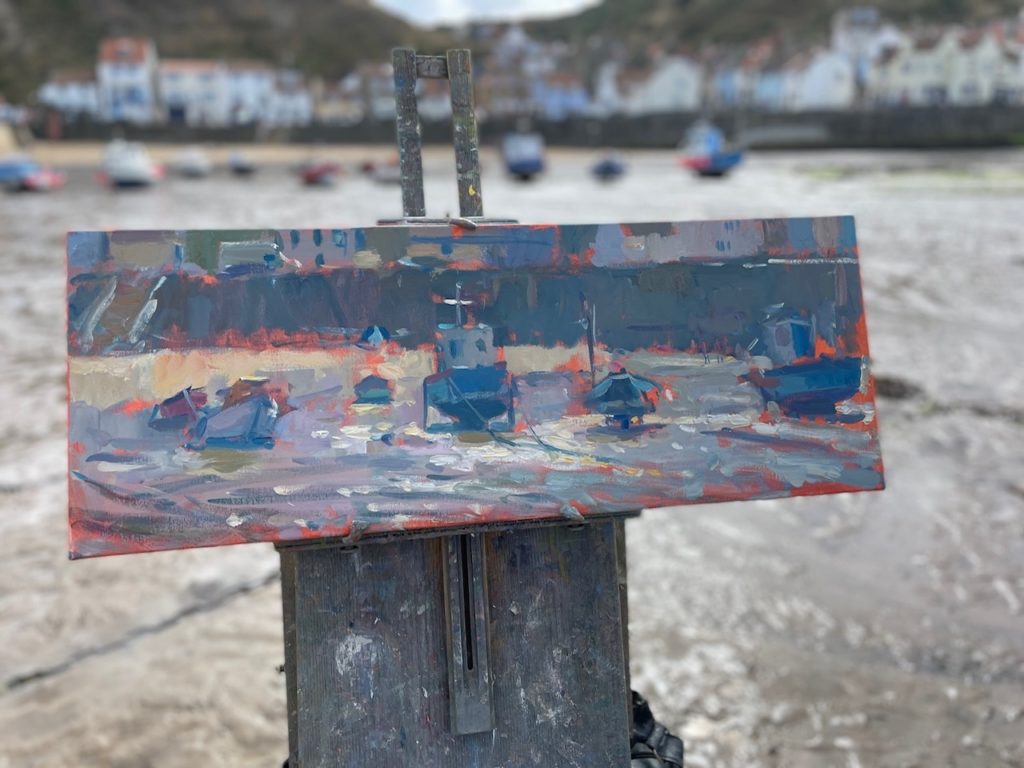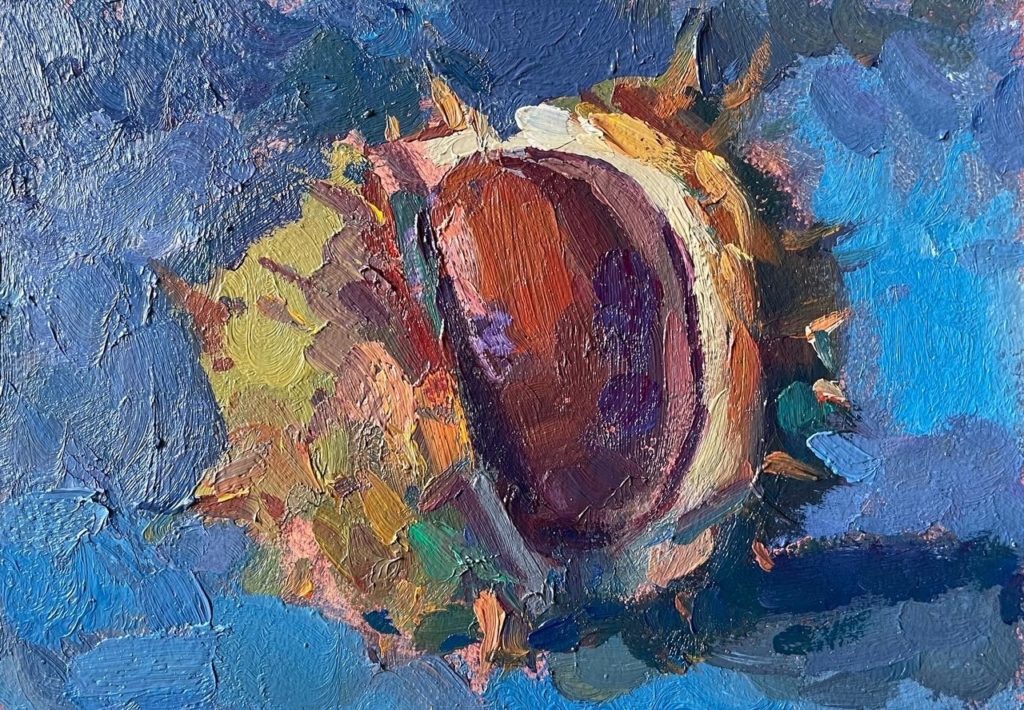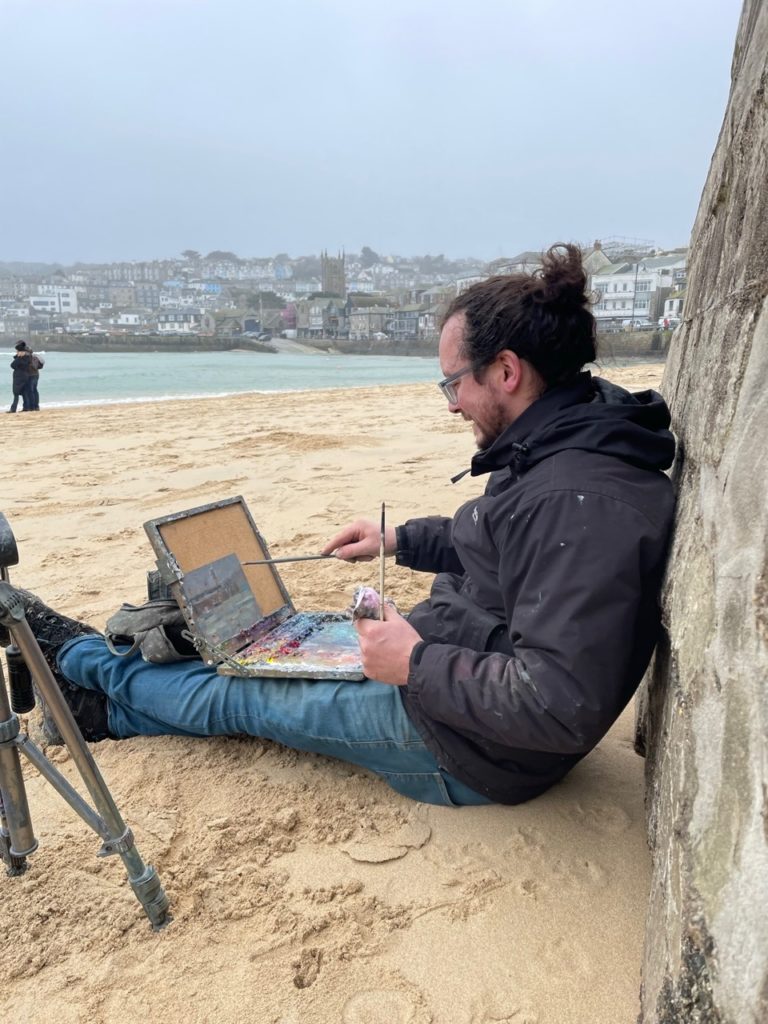
YORKSHIRE documentary, travel and portrait photographer Valerie Mather will produce a photo essay to mark the September 14 launch of the Saint Aelred’s Pilgrim Trail in the North York Moors.
To promote the launch, Valerie already has photographed the Regia Anglorum mediaeval reenactment group on the new trail in Upper Ryedale and at Rievaulx Abbey in their 12th century medieval costumes.
She has taken on the trail commission after her Fields, Folds and Farming Life exhibition, capturing the heart of farming on isolated Yorkshire moorland in a year in the life of Bransdale, drew 26,000 visitors to Nunnington Hall, the National Trust country house in Ryedale, last year.
“The trail images were taken at Murton Grange, en route to Rievaulx Abbey and at the abbey itself, with the kind permission of English Heritage,” says Valerie, whose photographs can be seen on the Gallery section of the trail website at saintaelredspilgrimtrail.com.
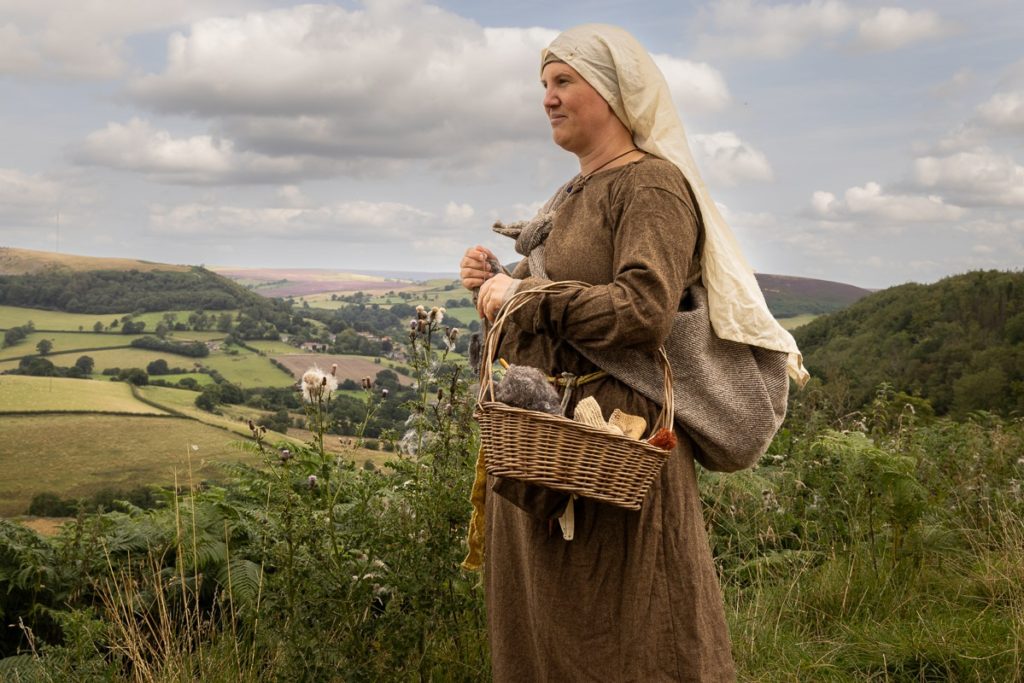
“Regia Anglorum translates as ‘of the English’; their headquarters are in Canterbury, in a nod to Chaucer’s Canterbury Tales, and they have members who gather from all over the country and dress in totally authentic costumes and shoes.”
Taking part in the photoshoot were Regia Anglorum members Jenny Kell, Catherine Stallybrass, Michael Stallybrass, Wilfred Somogyi and Matthew Greatrex; English Heritage volunteer Tony Powell; trail planning group members Kate Senior and Anne Stewart and Rievaulx Abbey visitors Louise Southwell and her children Agnes and Jim.
Starting and ending in Helmsley, the 41-mile trail links all the churches in the Benefice of Helmsley and Upper Ryedale, taking walkers, runners, cyclists and horse riders on a scenic pilgrimage through the southwest of the North York Moors National Park.
“We hope to revitalise interest in our historic rural and hamlet churches and chapels,” says George Gyte, parochial church council secretary of the Parish of Upper Ryedale. “However, the trail is for people of all faiths and none, who love the opportunity that pilgrimage offers for spiritual experience and well-being, meeting fellow pilgrims and enjoying our beautiful countryside.

“There is something for everyone: those who are up for a challenge, those who seek places of peace, contemplation and prayer, and those want to hike and ‘stand and stare’ whilst absorbing the remarkable sights and sounds of our moors.”
George adds: “We’ve completed this new trail for walkers, runners, horse riders and cyclists, waymarked it and produced a guidebook with a foreword by the Archbishop of York, Stephen Cottrell.
“We’ve also produced a Pilgrim Passport, to be stamped at the end of each stage, and have created a lovely website: https://www.saintaelredspilgrimtrail.com. Our horse riders ‘version was produced for us by Bill Tait – aka ‘the Helmsley Cowboy’ – and the Ryedale Bridleways Group. The one for cyclists is thanks to John Ellison, a local cyclist.”
The trail is named in homage to the celebrated saint, Aelred, Abbot of Rievaulx Abbey from 1147 to 1167. “He was one of the finest of scholars: a writer, spiritual director, poet, preacher, historian, adviser to monarchs, peacemaker and walker,” says George. “His teachings are emblematic of our mission and the renewed interest in pilgrimage.”
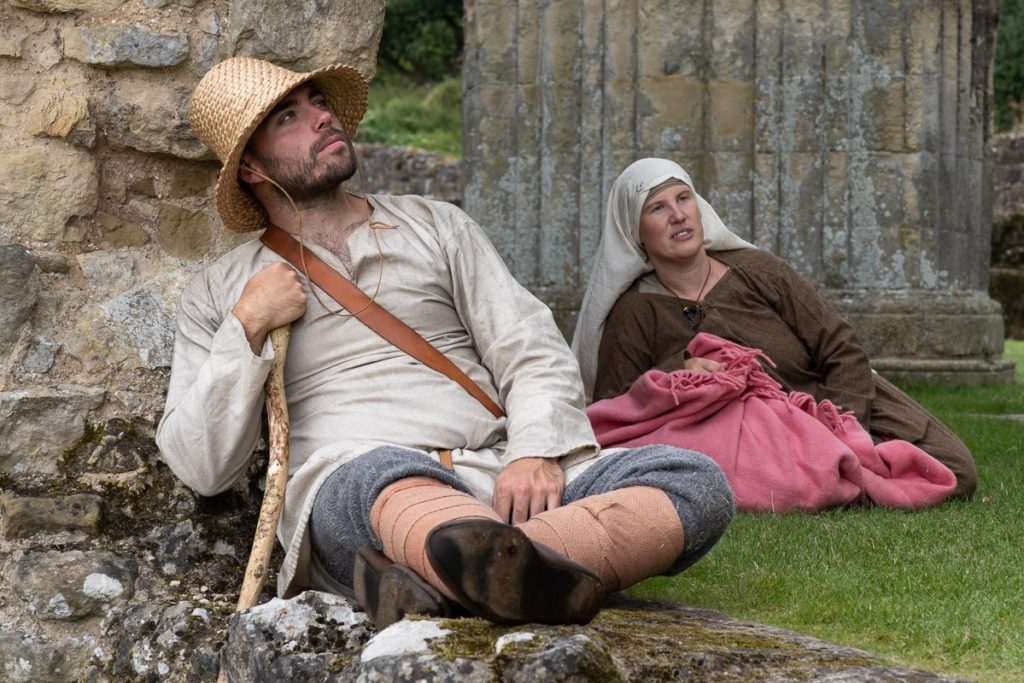
To launch the trail, a Gathering Walk/Ride will be the focus of the Yorkshire Churches Day’s Ride and Stride and Heritage Open Days 2024 celebrations on September 14 to raise funds for the Yorkshire Churches Historic Trust and the renovation and repair of rural and historic churches in the Benefice of Helmsley and Upper Ryedale.
“Anyone is welcome to participate in this Gathering Walk, but if you can get sponsorship for participating in it, we would really appreciate it,” says George. “We are using the Peoples Fundraising website for our event at: https://www.peoplesfundraising.com/fundraising/saintaelredspilgrimtrail-fundraiseryhct.”
The Gathering Walk will start at 8.30am in the pastoral setting of All Saints Church, Hawnby, picking up striders and riders in the moorland villages of Old Byland, Scawton and Cold Kirby before descending the Cleveland Way to Rievaulx Abbey for a celebration service in the abbey nave with the Bilsdale Silver Band at 4pm, followed by a launch reception of fizz and canapés in the abbey café.
Walkers and riders are invited to walk all or part of the 12-mile route that day. “You can join in at several places and walk 12, seven, five or four miles or just a few hundred metres to end at Rievaulx Abbey for our service and reception,” says George. “Please bear in mind this is the North York Moors and so be prepared for all weathers! Walking boots are recommended.”
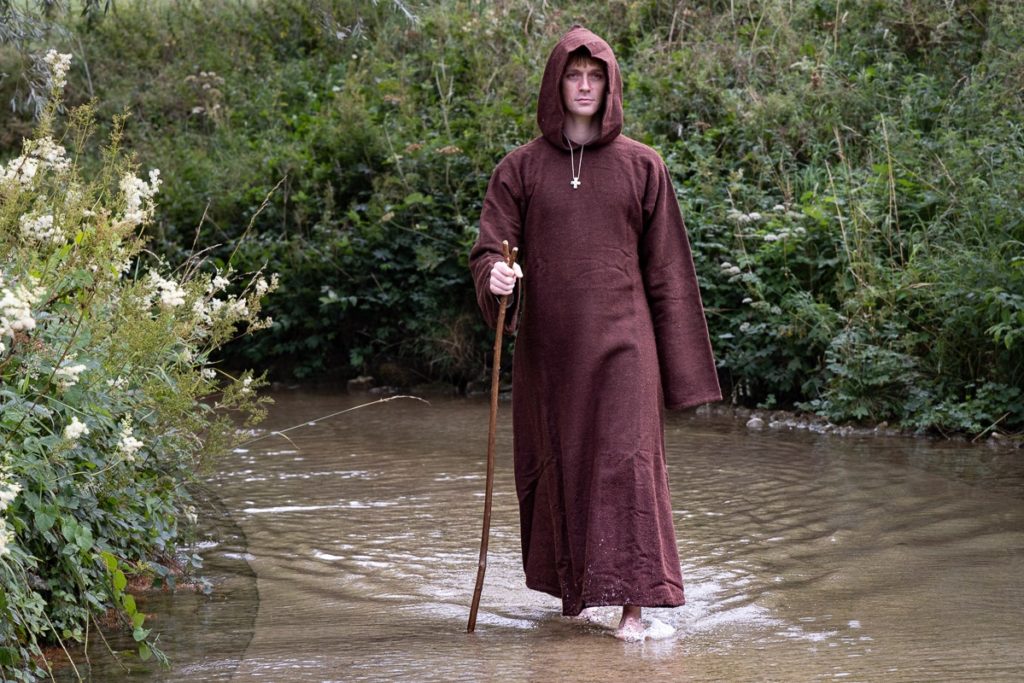
The Saint Aelred’s Pilgrim Trail has been supported by the North Yorkshire Moors Association, Helmsley Town Council, North Yorkshire Council, North York Moors National Park, Diocese of York, landowners along the trail and the parochial church councils of the parishes of Helmsley and Upper Ryedale.
Exhibitions are to be mounted in churches on the trail route, with more details to be announced, and the trail organisers are looking into the possibility of exhibiting Valerie’s prints from the photo essay at some of the churches for the heritage festival week.
For more information about Valerie Mather’s photography, head to: www.valeriematherphotography.co.uk or valeriematherphotography on Facebook and Instagram.
Approximate timings for the Gathering Walk/Ride Day, September 14
Walking time of approximately 4 hours 45 minutes to 5 hours.
Leave Hawnby at 8.30am.
Arrive at Old Byland by 10am for drinks and cake.
Leave Old Byland, 10.30am.
Arrive at Scawton, 11.40am.
Leave Scawton, 11.45am.
Arrive at Cold Kirby, 12.45pm. Space in village hall for packed lunches and hot drinks.
Leave Cold Kirby, 1.45pm.
Arrive at Rievaulx by 3pm to 3.15pm. Gather at Rievaulx Methodist Church/Church of Saint Mary the Virgin to process to the Abbey
Service in Rievaulx Abbey nave from 4pm.
